Mayon Volcano
Situation Report No. 1
23 January 2018
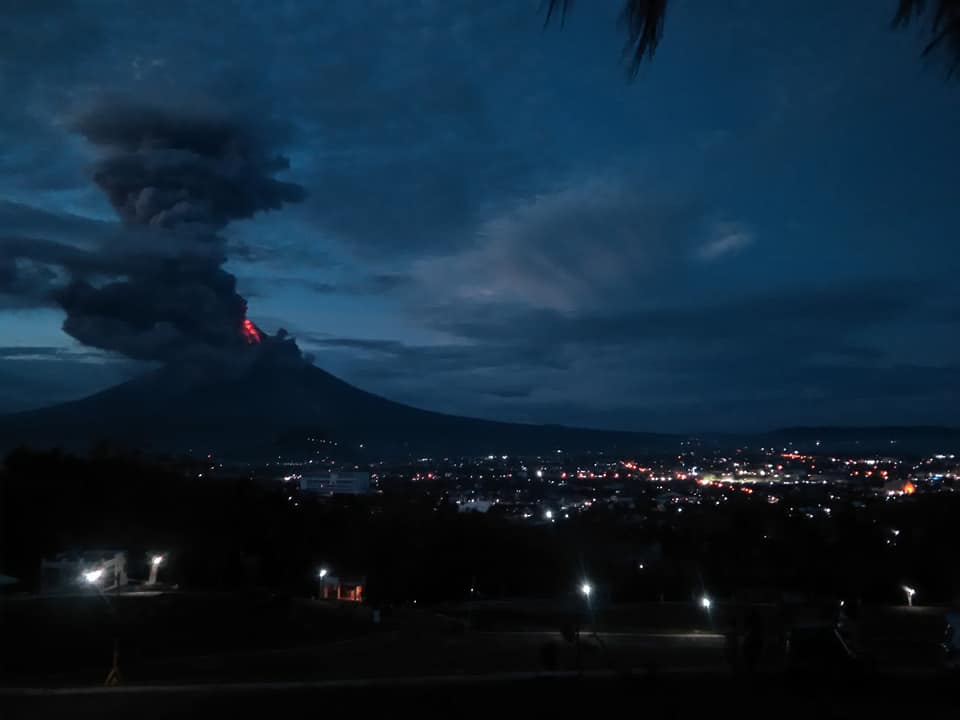
Situation Overview
- Jan. 13, 2018 – PHIVOLCS raised Alert Level 1 (abnormal) when Mayon Volcano generated a steam-driven explosion (eruptions caused by groundwater flashing to steam as it is heated by magma), producing high grayish ash plume.
- Jan. 14, 2018 – Alert level is raised to No. 2 (increasing unrest) and later to No. 3 (increased tendency towards hazardous eruption) when the volcano exhibited high unrest and magma was at the crater. DOST-PHIVOLCS warned that a hazardous eruption was possible within weeks or days. Preparation for evacuation was advised to barangays within the 6-kilometer Permanent Danger Zone (PDZ).
- Jan. 15-21, 2018 – Continuous lava collapse events, episodes of tremor, rockfall events, pyroclastic density currents (flows of searing hot gas, ash and rocks) and ash clouds were recorded. Alert Level 3 remained in effect.
- Jan. 22, 2018 – PHIVOLCS raised Alert Level No. 4 (hazardous eruption imminent) as lava fountains as high as 200m-500m and more voluminous lava flow were observed. The Danger Zone is extended to 8-kilometer radius. Volcanic ash posed threat to aircrafts flying close to the volcano’s summit.
- Jan. 23, 2018 – Mayon’s seismic monitoring network recorded two explosion-type earthquakes corresponding to five-kilometer vertical column eruptions, 15 tremor events some of which corresponded to lava fountains as high as 500m to 700m, 35 rockfall events and two pyroclastic density currents. Lava flows from the summit crater advanced to three kilometres from the Miisi Gully and 200 meters from the Bonga-Buyuan Gully. An average of 992 tonnes/day sulphur dioxide emission was measured.
Key findings of the rapid assessment conducted by Tarabang para sa Bikol, Inc. (TABI) during the first week of evacuation:
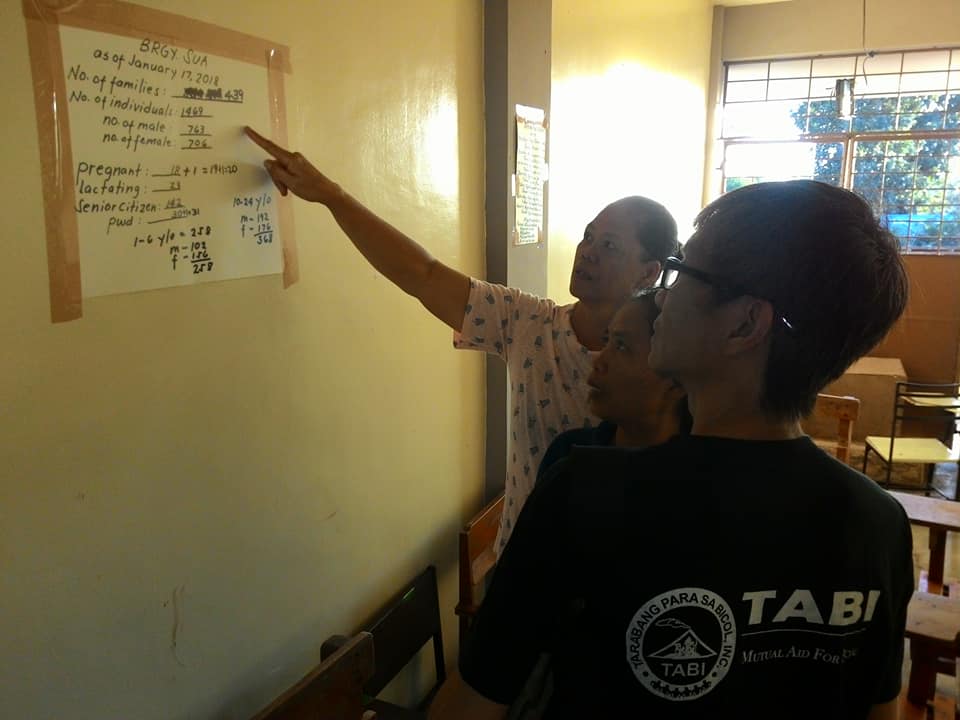
- Evacuees complain of inadequate food supply. As of January 20, in 4 evacuation sites, an average of only 10 kilos of rice was rationed during the first 7 days of the evacuation period.
- Inadequate hygiene supplies was also noted.
- No income source for families to address non-food needs like transportation, educational needs of students, and household supplies.
- Some evacuation centers lack sanitary kitchen facility, bathrooms and toilets.
- Overcrowding is common. 20-30 families would usually share 1 regular-sized classroom.
- Most evacuation centers have enough drinking water supply. However, domestic water supply is limited. Evacuees with small water containers/pails are not able to store enough water.
- Some evacuation centers are not safe from ashfall.
TABI Response
- Distribution of plastic sheets. The plastic sheets will be used as temporary roof cover and partitions for privacy at Taladong Elementary School and Comon Elementary School in Camalig, Albay. The plastic sheets are from the Asia-Pacific Alliance for Disaster Management (#A-PAD).
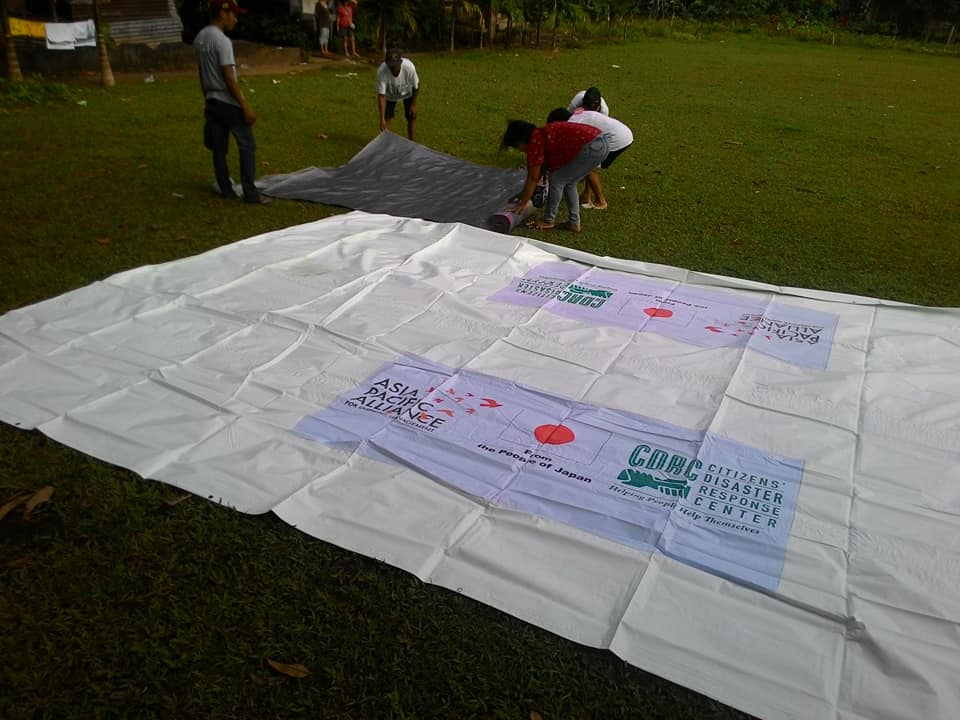
- Hot Meals Delivery. One set of kitchen utensils is stationed at Taladong Elementary School. The DPC of Barangay Sua and Barangay Sua will manage the Hot Meals Kitchen. Another set of kitchen utensils is for the mobile kitchen intended for evacuation centers without TABI-DPC.
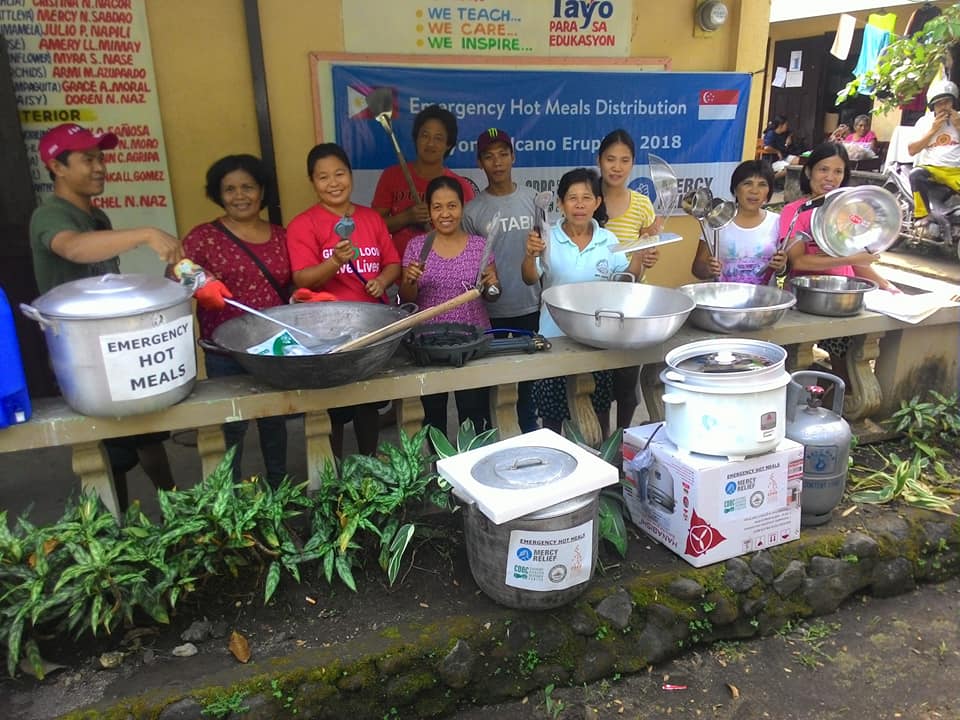
- Partnership with private sector. #A-PAD Metro Naga, composed of local business sector, academe, media and religious sectors has started its fund raising for Mayon.

- Continuous damage, needs, capacities assessment (DNCA) and call for donations.
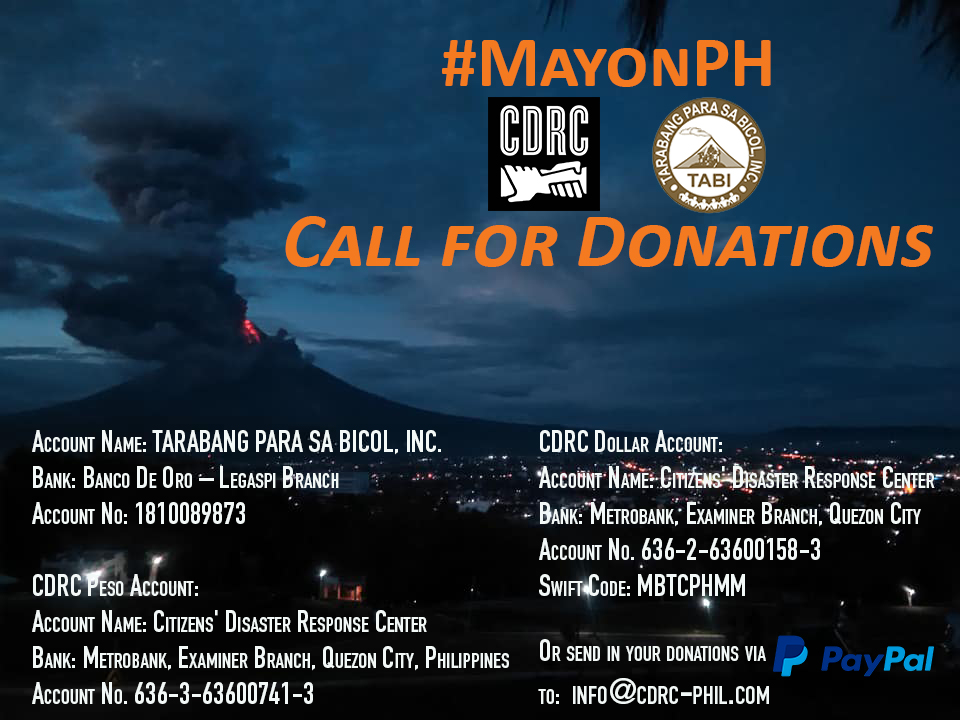
References:
- NDRRMC Situational Report on Mayon
- TABI rapid assessment results
See PDF file: Mayon Volcano Sit Rep 1

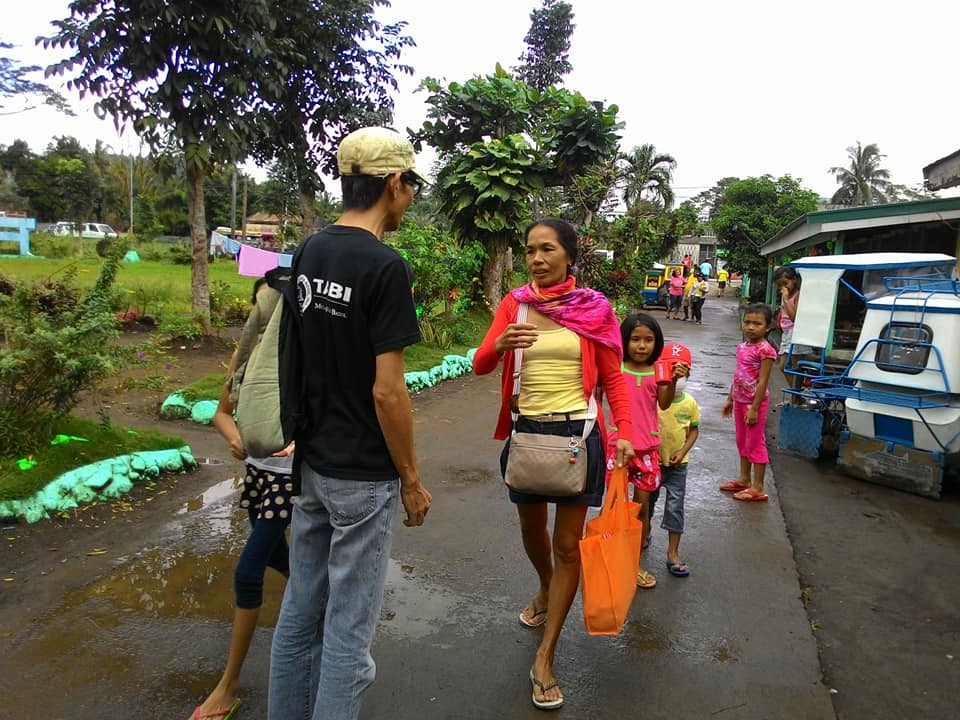
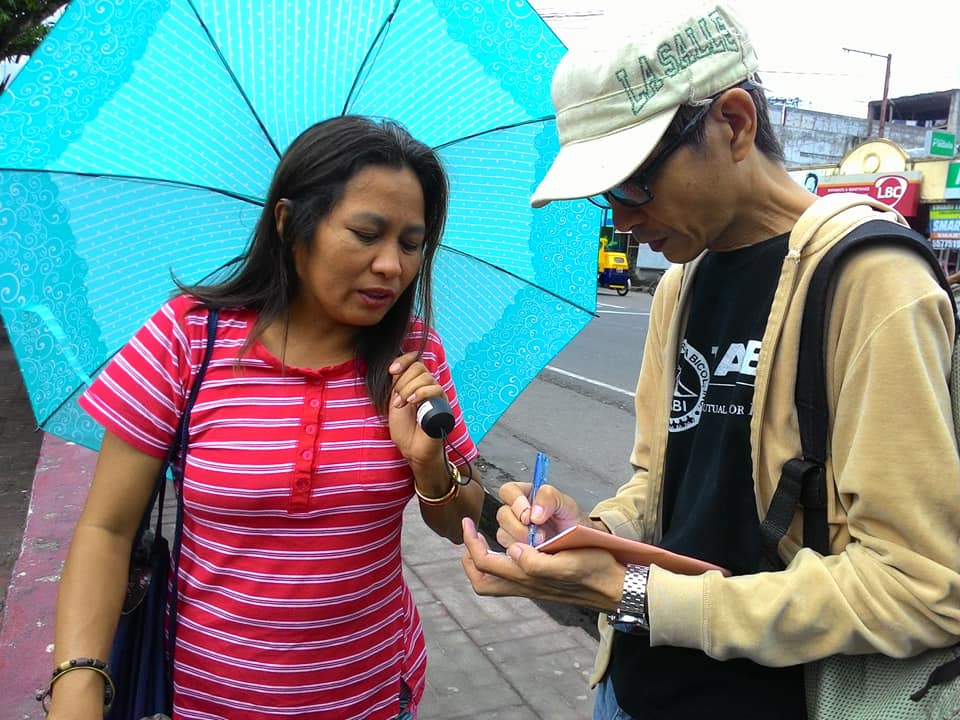
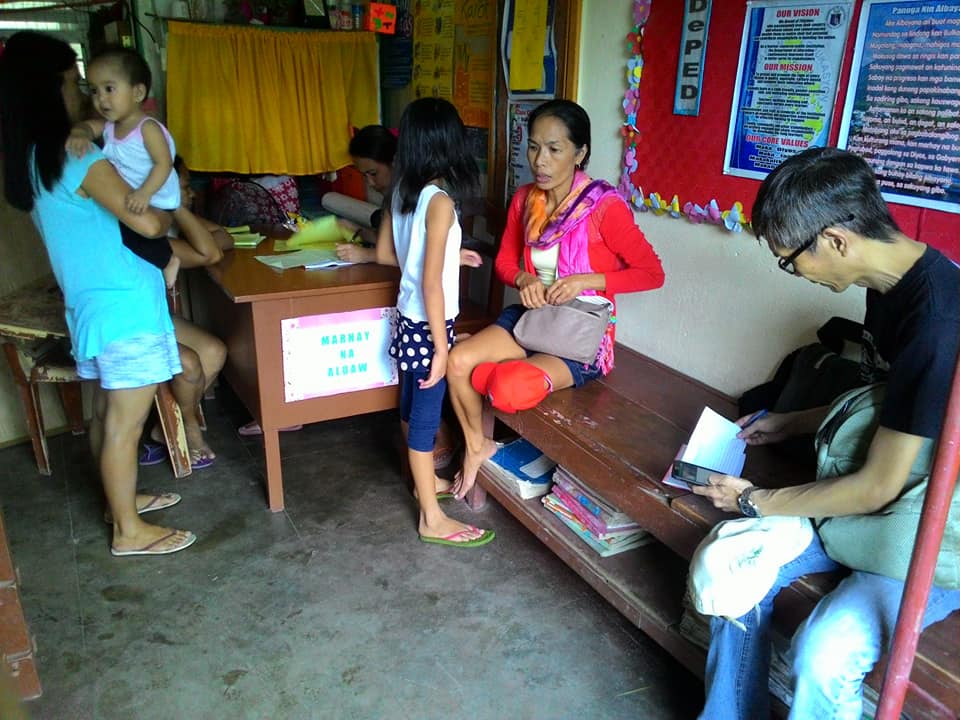
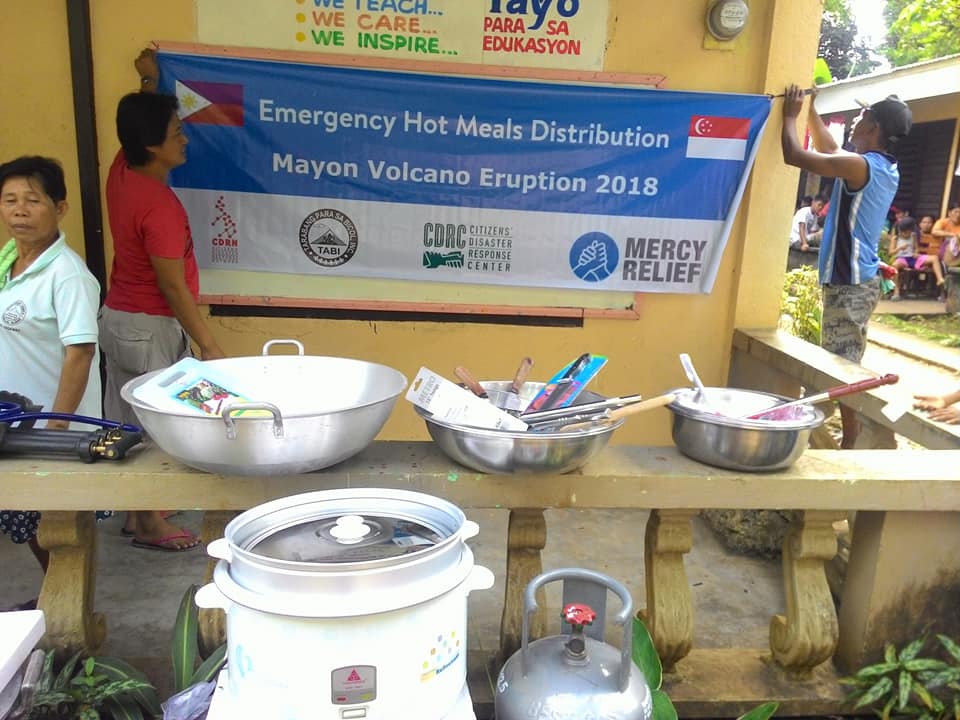

Leave a Reply